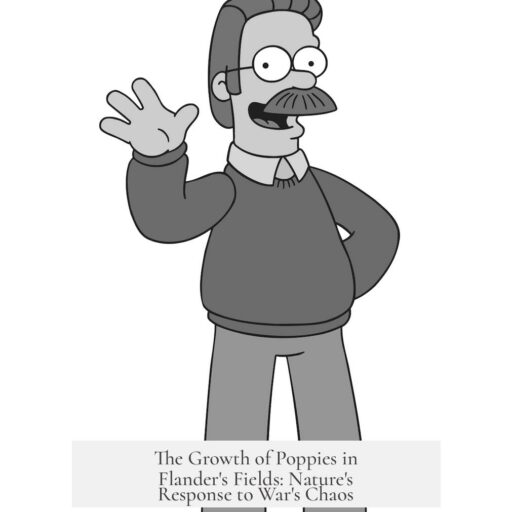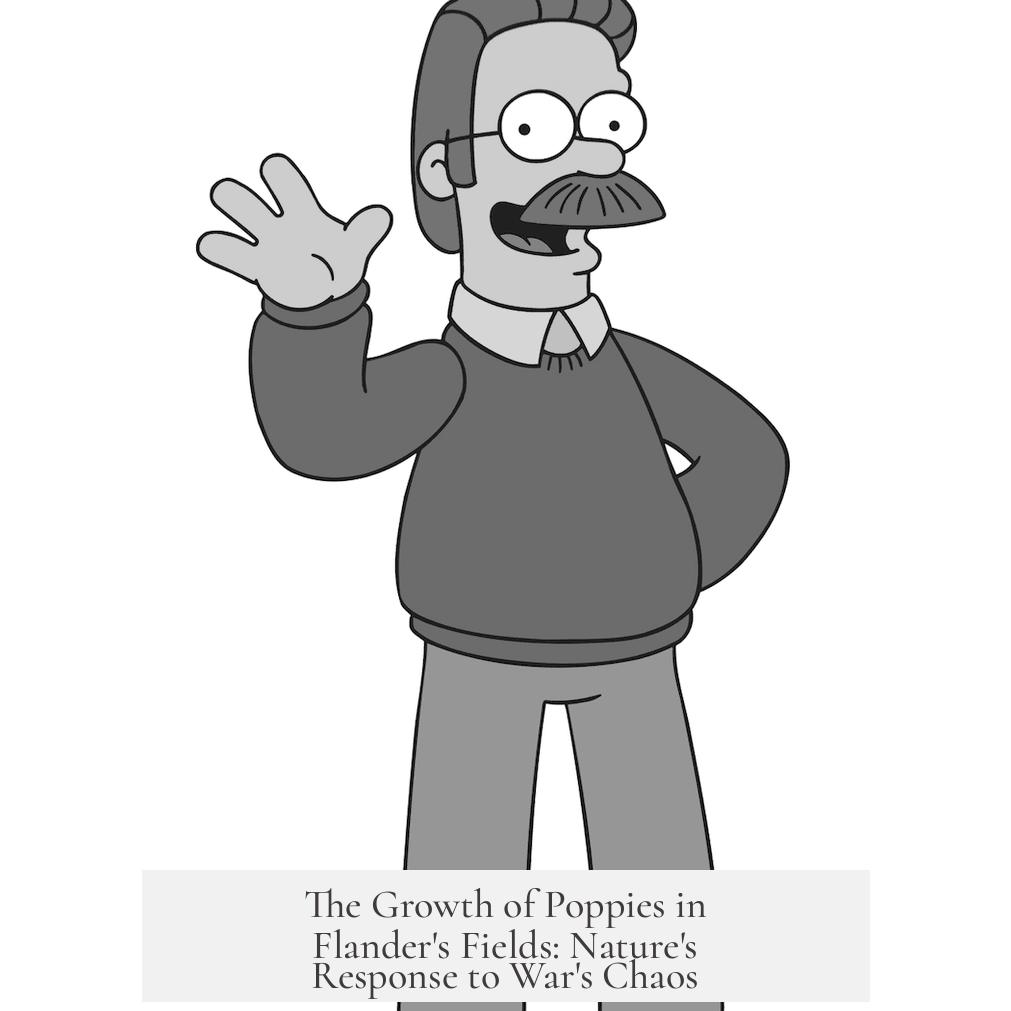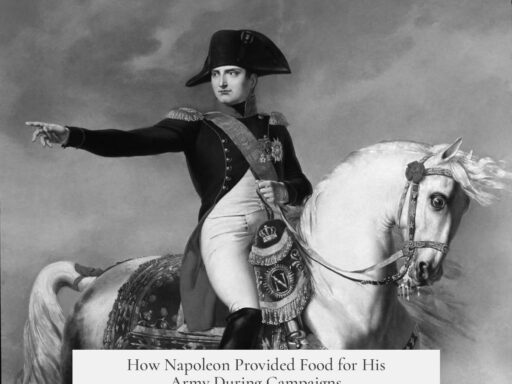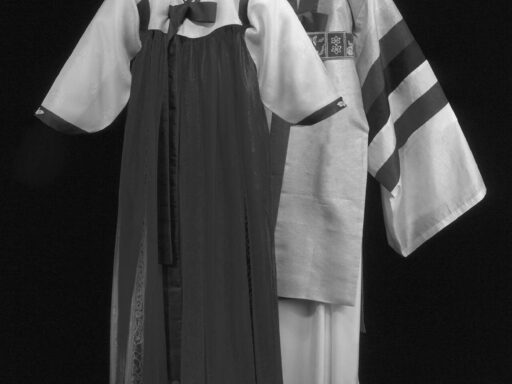The growth of poppies in Flander’s fields results primarily from the disturbance and movement of soil during and after battle, not directly from blood or shelling effects. The iconic image of red poppies blooming across war-torn fields comes from complex ecological and soil-related factors triggered by wartime activity.

Battlefields like those in Flander’s fields experienced intense soil churning, caused mainly by the movement of troops, artillery shelling, and trench digging. This disruption breaks up compacted earth and alters soil structure, creating conditions favorable for certain plants. Corn poppies, in particular, thrive in such disturbed environments.
Poppy seeds can remain dormant in soil for decades, sometimes over 80 years, waiting for the right conditions. This dormancy ends when the soil undergoes mechanical disturbance that exposes seeds to light and air, triggering germination. For example, plowed farmland or churned battlefields both provide this stimulus.
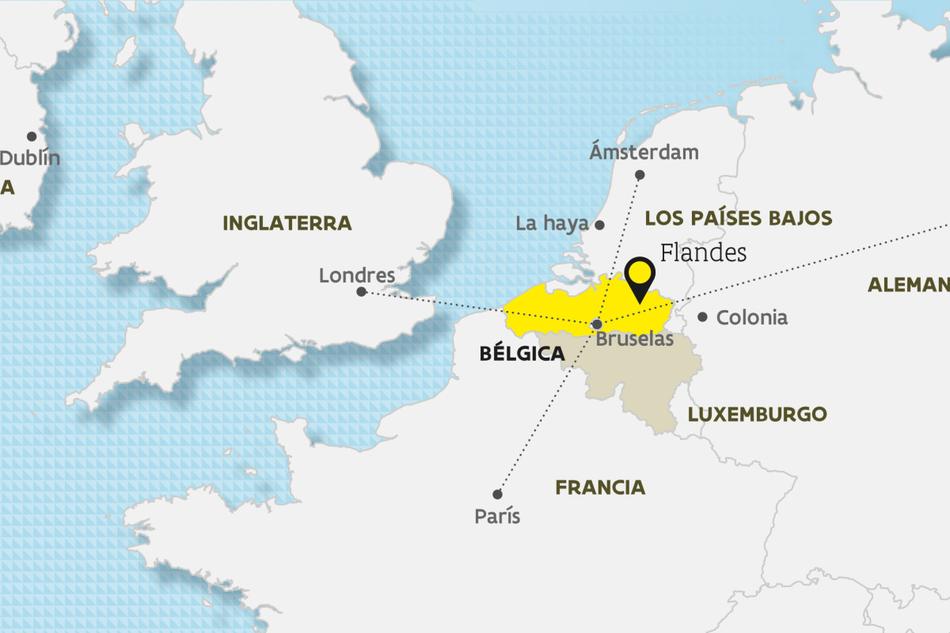
During World War I, prolonged shelling and heavy fighting left battlefields churned into a muddy, uneven landscape. The damaged areas lost competing vegetation, giving space for poppies to flourish. Their seeds, buried in the soil prior to the war, saw ideal germination conditions in the aftermath.
Another factor is nutrient availability. Disturbance releases soil nutrients. Some suggest added sulphur from ammunition residues may have played a role, but it’s uncertain whether this sulphur was bioavailable to plants. More importantly, the initial bacterial activity during corpse decomposition temporarily consumes nitrogen, slowing poppy seed germination.
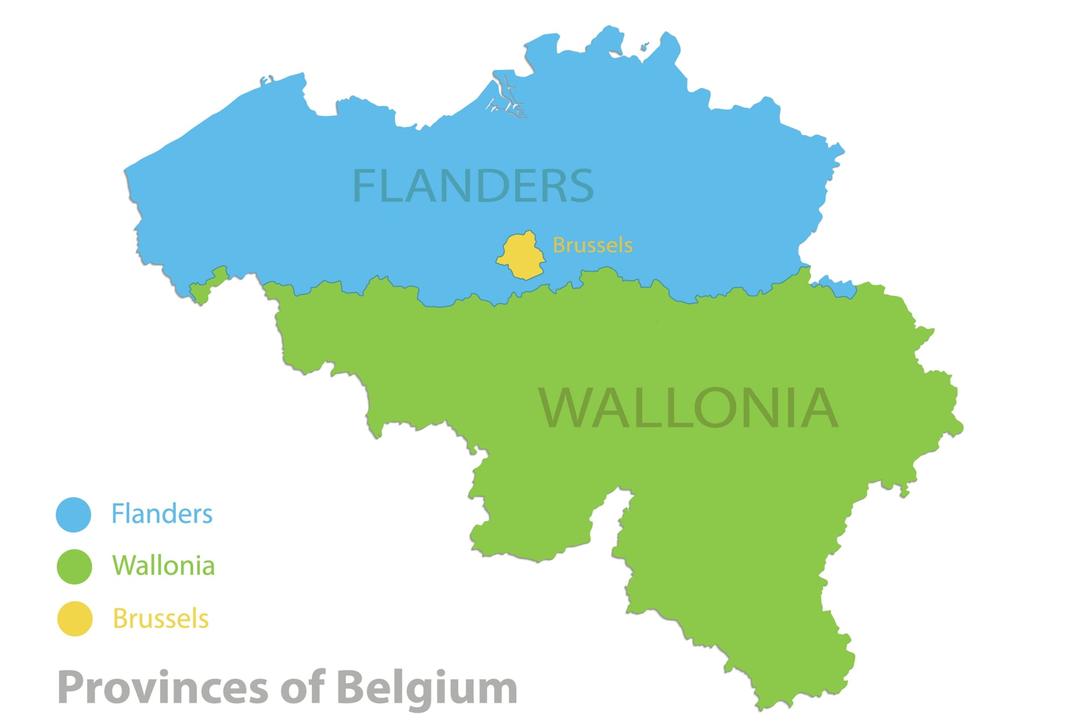
Once decomposition processes complete and bacteria populations decline, nitrogen levels increase in the soil, potentially supporting a surge in poppy growth. This could explain why poppies sometimes bloom in abundance after an initial delay.
Poppies belong to a group called ruderal plants, which specialize in quickly colonizing recently disturbed areas. Their ecological strategy involves rapid life cycles that take advantage of open habitat patches before other plants can recover and compete for resources like light and nutrients. This allows poppies to dominate areas where vegetation is removed or damaged.
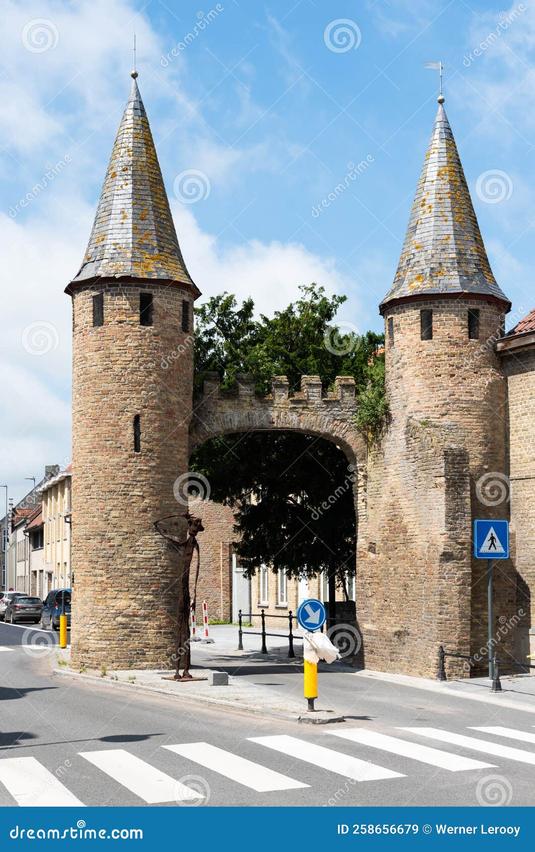
In rural Flanders, fields left fallow often become hay meadows, natural habitats for corn poppies. On battlefield terrain with little active cultivation and abundant soil disruption, conditions favored poppies aggressively. The phenomenon of poppies dominating such meadows has puzzled botanists but largely depends on their ruderal nature combined with reduced competition.
Poppy seeds can lie dormant in the soil for over 80 years before germinating, usually triggered by disturbance of the soil. During the First World War, battlefields were churned into a sea of mud, strewn with fallen soldiers. (Kew Gardens)
Although popular culture sometimes associates poppies with blood spilled on battlefields, evidence suggests blood itself plays little direct role in poppy growth. Instead, the physical soil disturbance caused by heavy shelling, troop movement, and trench construction offers a more precise explanation.

Culturally, poppies symbolize both fertility and death, perhaps due to their striking red color and their emergence from scarred earth. Their widespread blooming in battle-scarred fields inspired poems and memorials, enhancing their symbolic standing.
| Factor | Role in Poppy Growth |
|---|---|
| Soil disturbance | Triggers seed germination by exposing seeds to light and air |
| Decomposing bodies | Initially reduces available nitrogen, delaying germination; later enriches soil |
| Shelling and trenching | Physically churns the soil, destroying other plants |
| Soil nutrients | Increased after disturbance, supports plant growth |
| Ecology of poppies | Ruderal strategy suits disturbed, nutrient-rich habitats |
- Poppies grow because battlefields underwent severe soil disruption and nutrient changes.
- Blood from fallen soldiers does not directly promote growth; decomposition affects nutrient cycles later.
- Poppy seeds remain dormant for decades and germinate only when soil is disturbed.
- Poppies exploit open, disturbed soil patches typical after heavy fighting.
- Their symbolic link to war emerges from their striking presence, not unique soil chemistry.
The Growth of Poppies in Flander’s Fields: Blood? Shelling? Dirt Movement?
So, what really makes those iconic red poppies bloom across Flander’s fields? The answer isn’t as poetic as blood or shelling remnants—it’s primarily dirt movement and the natural aftermath of war’s chaos.
Now, let’s dig a little deeper, shall we? Why do these resilient flowers show up in such tragic and torn landscapes? The answer lies in how battlefields change their soil and environment, making the perfect stage for poppies to flourish.
Soil Churning: More Than Just Mud and Mayhem
Picture this: armies marching, artillery shells exploding, trenches dug, and, tragically, countless fallen soldiers. This ruthless activity churns up the soil like a giant mixer gone wild. The once stable earth becomes a “sea of mud,” constantly disturbed and turned over.
Legends say fields of corn poppies have painted battlefields red as far back as Genghis Khan’s era, but it’s the soil disturbance that’s key. You see, poppy seeds are survivors. They lie dormant in the dirt, sometimes for over 80 years, just waiting. When the soil is disturbed, these seeds get the signal to wake up and grow.
Think of it as nature’s reset button. The churning kills off other plant life that might hog nutrients or sunlight, giving poppies first dibs at prime real estate.
Nutrients and a Dash of Chemistry
But it’s not just the physical mixing. Soil churning releases nutrients—think of it like shaking up a soda can. Among these nutrients is sulphur, essential for corn poppy growth. However, here’s the catch: was the sulphur from wararmaments in a usable form for plants? Probably not directly, as it could have been chemically bound or in forms plants can’t absorb easily.
Still, the disturbance encourages microbial activity—which breaks down organic materials and frees nutrients. This underground hustle boosts soil fertility and supports “creepy crawly” creatures that further aerate and mix the soil.
Corn poppies also like well-drained soil—something the churned-up battlefield mud surprisingly provides as water flow patterns shift after explosions.
The Role of Decomposing Bodies: Blood, Nitrogen, and Delays
Now, about the fallen soldiers—did their bodies fertilize these fields directly? It’s more complicated.
Decomposition involves bacteria that gobble up nitrogen, a vital nutrient for plants. At first, this depletes nitrogen levels, delaying poppies from sprouting where bodies lay. But here’s the twist: once bacteria run out of food and die off, nitrogen becomes abundant again.
This process might cause two seasons of poppy growth to merge, making blooms appear thicker or later than usual. This could explain the robust poppy carpets witnessed in historical photos—two-for-one flower power courtesy of battlefield biology.
Poppies’ Ecological Strategy: Nature’s Opportunists
Poppies are what ecologists call “ruderal” plants. This means they thrive in freshly disturbed environments where competition is low. They have a survival trick: seeds can pretend to be asleep for decades until perfect conditions come along.
When the soil is disturbed, seeds detect temperature shifts and light changes, triggering rapid germination. They grow fast and flower quickly, grabbing sunlight before bigger, slower plants move in.
So, these flowers don’t care much about fancy soil chemistry or nutrients as picky gardeners might think. Their secret is speed and patience—waiting for the right moment to shine.
Battlefields and Hay Meadows: Why Poppies Rule Here
The corn poppy isn’t exclusively a warrior’s flower; it naturally grows in hay meadows and fallow fields typical of the Flanders region. When fields aren’t cultivated or weeded, poppies gladly reclaim space.
The intriguing question is why poppies dominate battlefields compared to other wildflowers. It likely boils down to repeated soil disturbance combined with the suppression of competing plants by war chaos and recovery patterns of farmland. It’s a botanical “first come, first served” situation with poppies winning the race.
Symbolism Meets Natural Phenomenon
It’s no wonder these delicate red flowers became symbols of both fertility and sacrifice. They erupt through the scars of battle, reminding us of life’s persistence amid death and destruction. Kew Gardens captures this poignantly:
“Poppy seeds can lie dormant in the soil for over 80 years before germinating, usually triggered by disturbance of the soil. During the First World War the battlefields were churned into a sea of mud and left strewn with fallen soldiers.”
The juxtaposition of poppies’ fragile beauty and battlefield horror makes them a powerful emblem of remembrance.
So What’s the Bottom Line?
If you were tempted to credit blood, shelling residues, or some mystical war magic for the poppies’ triumphant bloom, think again. The real driver is dirt movement—soil being churned and mixed by war’s chaos. This disturbance resets nature’s clock, freeing dormant seeds to burst forth when conditions align.
Next time you see those vivid red fields, remember: it’s not just about tragedy but about the soil’s story—a tale of upheaval, resilience, and nature’s quiet comeback.
So, could we say that those poppies owe their legacy to a good shake-up of the earth beneath our feet? Absolutely. And maybe, just maybe, that makes them even more remarkable.
